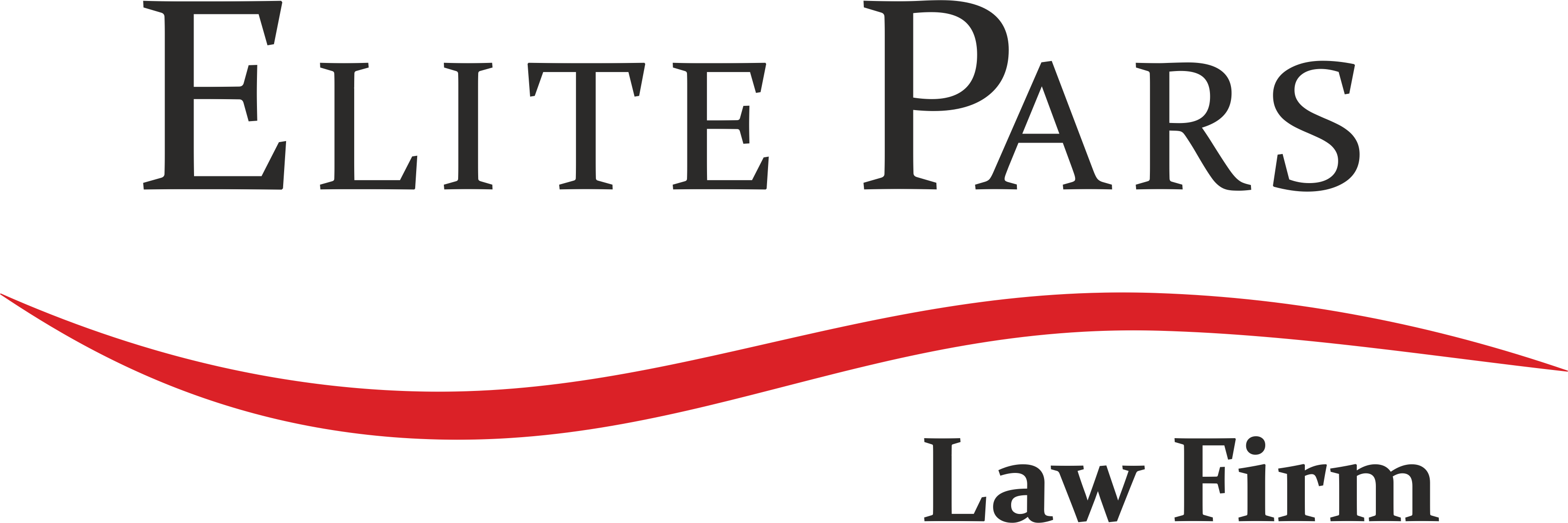This regulation aims to expand Iran’s upstream oil and gas production capacities to 4.8 million barrels of crude oil and 1,340 million cubic meters of raw gas daily. It has been developed under Article 12 of the “Law on Removing Barriers to Competitive Production and Enhancing the Financial System of the Country.” The regulation’s key components address financing mechanisms, investment incentives, approval processes, and financial disclosure standards to establish a competitive and transparent environment for both domestic and international investors in the oil and gas sector.
The first initiative of this regulation is mandating the National Iranian Oil Company (NIOC) to ensure the internal rate of return (IRR) of upstream investments falls within the ranges of 20% to 23% in foreign currency. This requirement is designed to mobilize domestic liquidity, attract foreign direct investment, and enhance the competitiveness of Iranian upstream contracts in the region.
Another essential provision of this regulation is the establishment of a standardized and realistic cost of capital for upstream projects. According to clause 2-1, the Iranian investors’ cost of financing oil and gas-related projects equals the interest rate announced by the National Development Fund of Iran (NDFI) for such projects, plus an additional 2%. This benchmark allows the government to promote financial predictability and provide consistent economic evaluation.
Moreover, the regulation incentivizes investors through a performance-based remuneration mechanism. Under Clause 4-1, if the cumulative production of a project increases as a result of investors’ activities, the investor may receive an additional bonus over their contractual remuneration. Conversely, if the production fails to meet the amount predicted in the contract development plan, the investor’s payment will be reduced proportionately. This system ensures both operational efficiency and accountability in production. Additionally, any increase in the investor’s payment should be done within the limits specified under Paragraph (c) of Article 6 of the Cabinet’s resolution on the General Terms, Structure, and Model of Upstream Oil and Gas Contracts.
In line with international practices, the regulation also allows investors to disclose information on their amount of investment, the project’s extraction and production volume, and forecasts of the revenue from their project in their financial statement. This disclosure shall follow guidelines set by the Iran Audit Organization and is based on oil base price. This measure enhances transparency in upstream oil and gas investments. The Ministry of Economic Affairs and Finance is responsible for preparing a disclosure framework for investors.
To further facilitate investment, the regulation introduces procedural reforms aimed at accelerating the review and approval process. The duration in which NIOC must decide on an investor’s proposed plan is limited to three weeks. If the proposal is accepted, the negotiation must be finalized within two months, and the development plan must be submitted to the Plan and Budget Organization no later than four months from the initial proposal. The Ministry of Oil and the Plan and Budget Organization are responsible for jointly developing a standardized approval request format.
In summary, this regulation seeks to enhance the long-term growth and global competitiveness of Iran’s upstream sector by introducing performance-based incentives, accelerated bureaucratic processes, and enhanced financial transparency. The provisions of this regulation must be applied and interpreted in harmony with the broader legal framework on oil and gas investments in Iran, including the Board of Ministers’ resolution on the General Terms, Structure, and Model of Upstream Oil and Gas Contracts and the Guideline for Financing Upstream Oil and Gas Contracts.



